Reviews:
No comments
Related manuals for AMD5K86

LM Series
Brand: Lake Pages: 71

ThinkPad R30
Brand: IBM Pages: 276
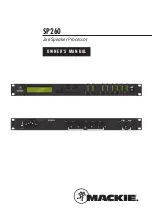
SP260
Brand: Mackie Pages: 35

Event Master E2
Brand: Barco Pages: 307
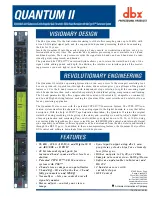
Quantum II
Brand: dbx Pages: 2
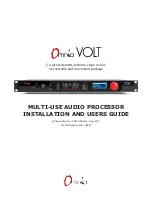
Volt
Brand: Omnia Pages: 48

AVP-1A
Brand: Harman Kardon Pages: 32

T 187
Brand: NAD Pages: 55
voicelive rack
Brand: TC-Helicon Pages: 18
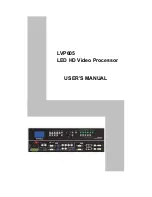
LVP605
Brand: Vdwall Pages: 29
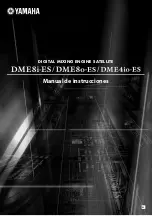
CP1SF
Brand: Yamaha Pages: 48
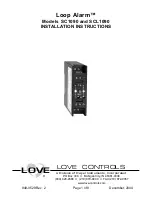
Loop Alarm
Brand: Love Controls Pages: 8

Proceed
Brand: Madrigal Audio Pages: 28
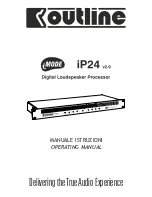
IP24
Brand: iMode Pages: 16
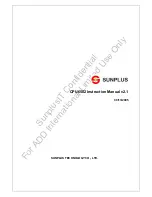
CPU6502
Brand: SunPlus Pages: 59
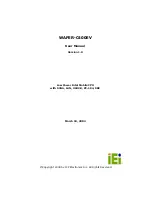
WAFER-C400EV
Brand: IEI Technology Pages: 45
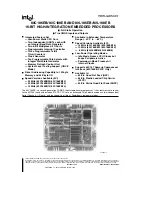
80C186EB
Brand: Intel Pages: 59

ledsync820h
Brand: Vdwall Pages: 112

















